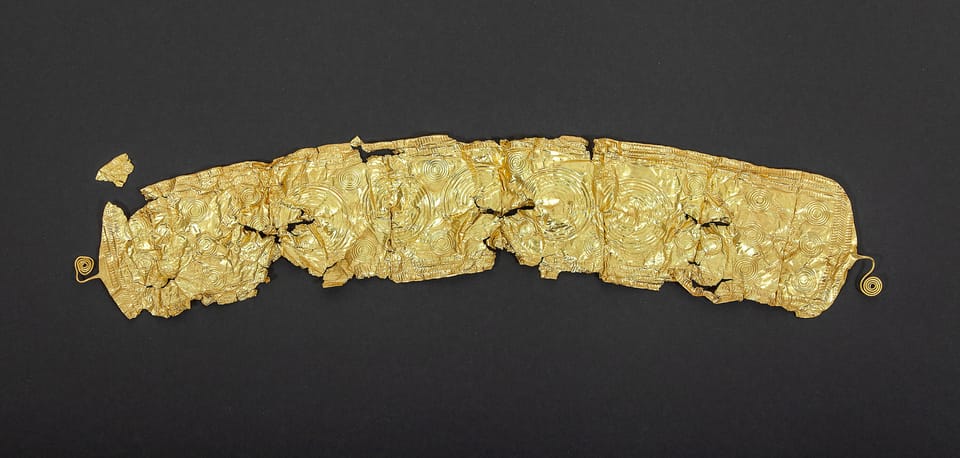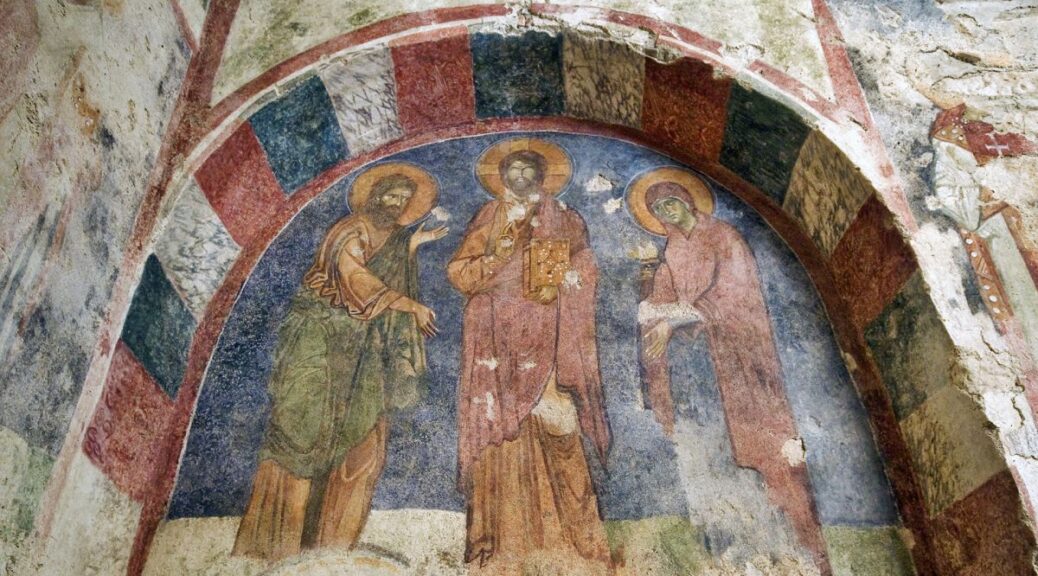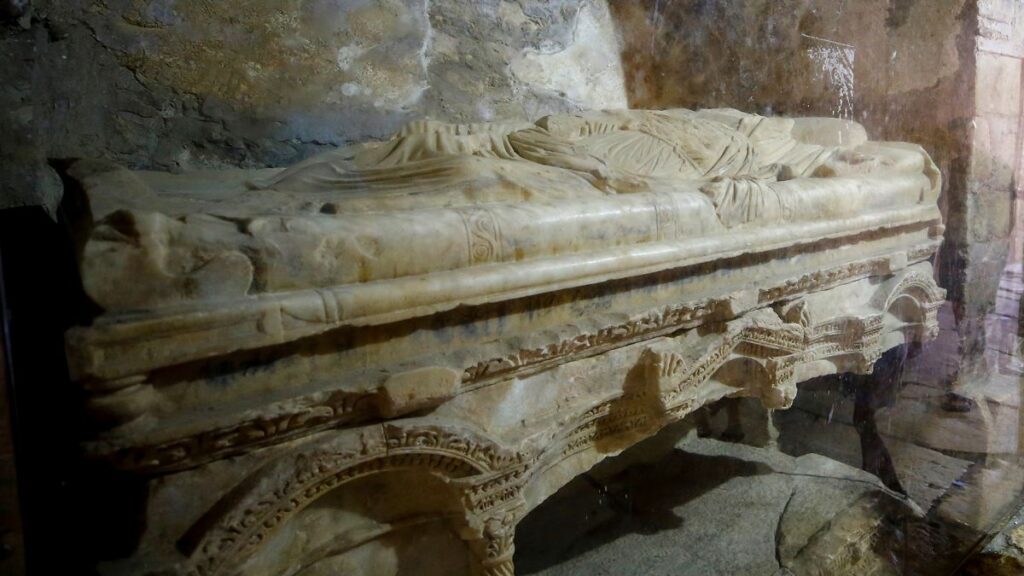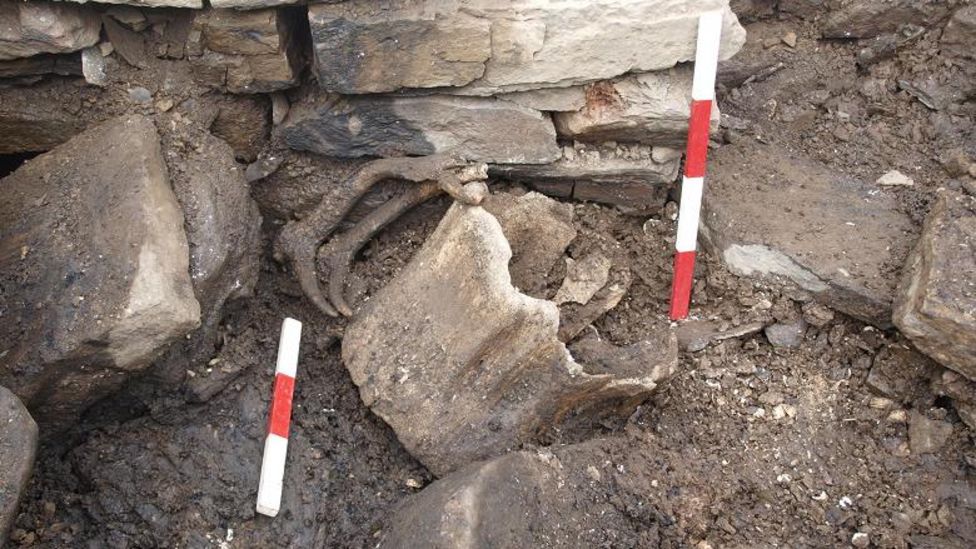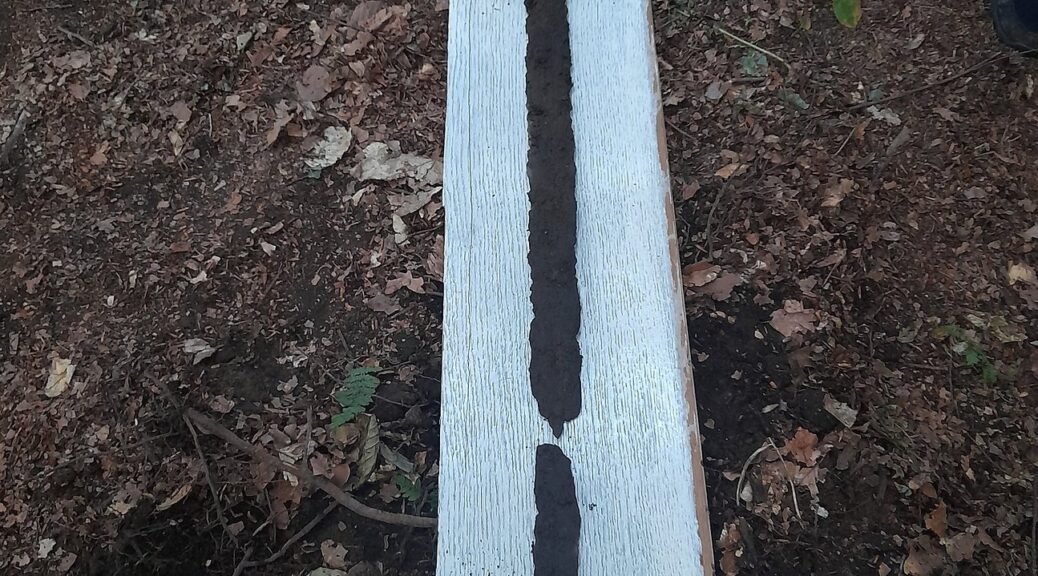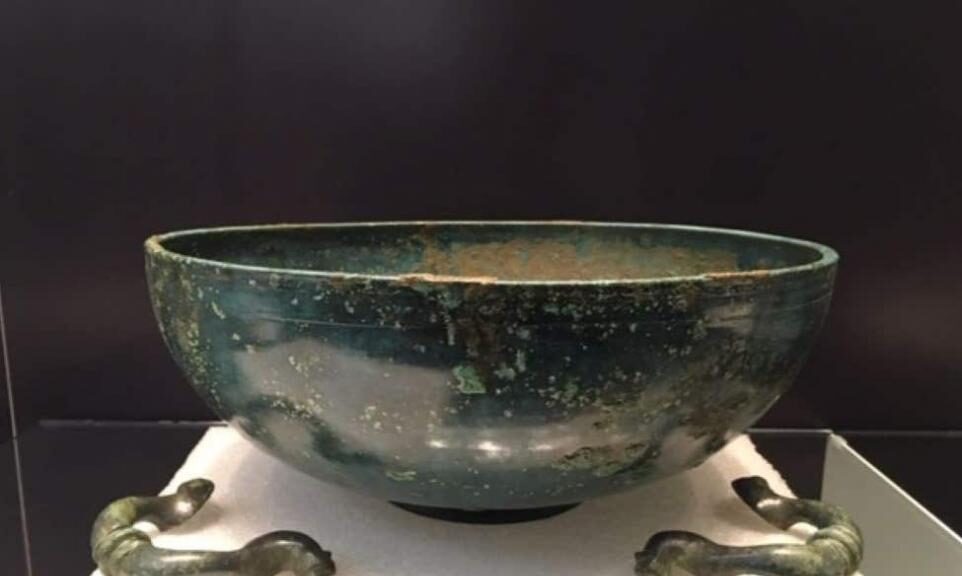The ancient Golden Belt Discovered in the Czech Republic
A small farmer in the Opava region in the northeast of Czechia made a unique discovery while working in a field, unearthing a golden belt dating back to the Bronze Age. The ornamented piece, which is exceptionally well-preserved, should go on display at the Bruntál museum at the end of next year.

The golden belt had been lying underground for thousands of years before being unearthed by a farmer while he was harvesting beetroots.
The founder, who wishes to remain in anonymity, discovered the ancient piece of apparel at the end of September and immediately contacted archaeologists from the Silesian Museum in Opava.
Jiří Juchelka, head of the museum’s archaeology department, says that as soon as he saw a photo of the item, he knew it was something exceptional.
The first hypothesis was that the thin golden sheet of metal, which is around 50 centimetres long, was a tiara. However, after examining the object in greater detail, experts now believe it was actually part of a belt:
“It is decorated with raised concentric circles and topped with rose-shaped clasps at the ends. We realized that it was too long to fit on someone’s head. So we actually think it is not a tiara, but something much rarer – a part of a belt.
“Belts at the time were made of leather and this was strapped to its front part. It was crumpled when the finder found it, probably as a result of agricultural activity, so it is a miracle it has been so well preserved. It may be missing a few tiny parts, but otherwise, it is in perfect condition.”

The thin metal sheet is made mostly of gold, along with some silver and traces of copper and iron. A preliminary analysis places its origin around the 14th century BC, says Tereza Alex Kilnarová, conservator at the Museum of Bruntál.
“It is estimated to be from the middle to the late Bronze Age, but it is only a preliminary determination based on the decoration.
“Similar decorative ornaments appear in more than one prehistoric culture and therefore more detailed research and analysis of the metal is needed.
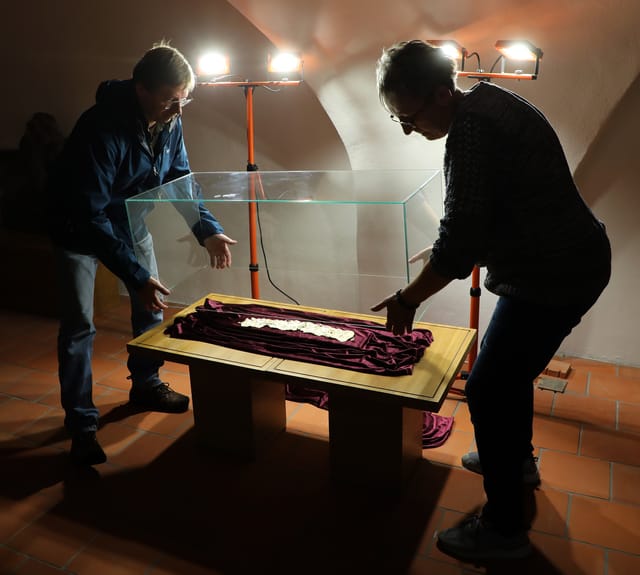
“It probably belonged to someone in a high position in society, because items of such value were rarely produced at the time. That’s why we are talking about someone more esteemed.”
While the monetary value of the belt is yet to be determined, it is already clear that the object has an incalculable cultural and historical value, says Ms Kilnarová:
“Such objects are rarely found even during excavations, so it is a really unique discovery, not only in our region but all over Czechia. I think it is safe to say that it will be one of the most valuable objects that will have on display in our museum.”
The rare item, which will become part of the Museum of Bruntál collections, will now be thoroughly examined and conserved, before going on display for the public.
